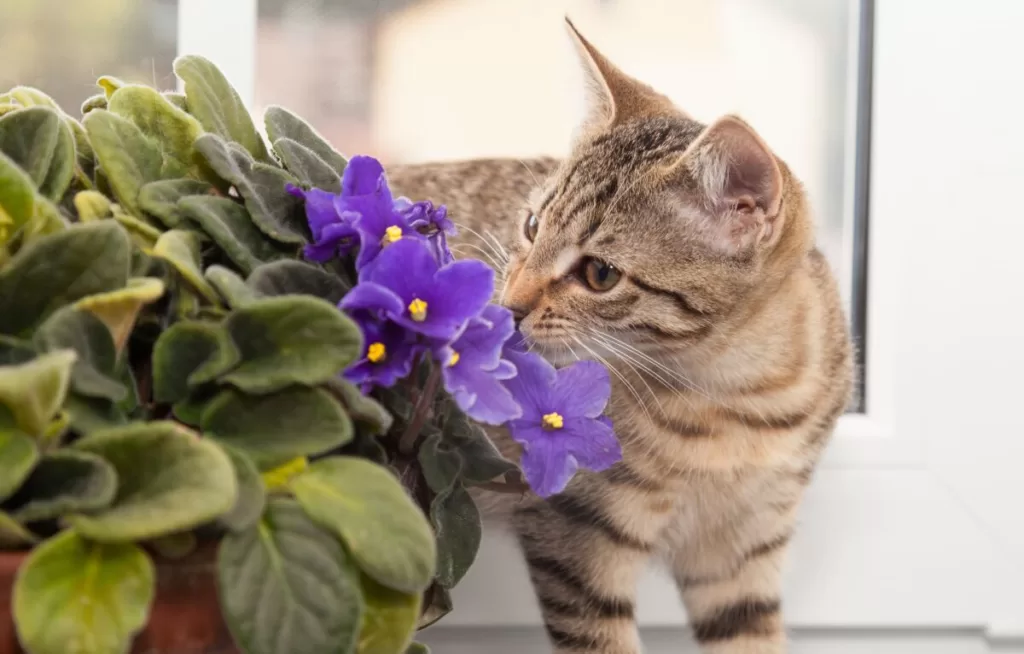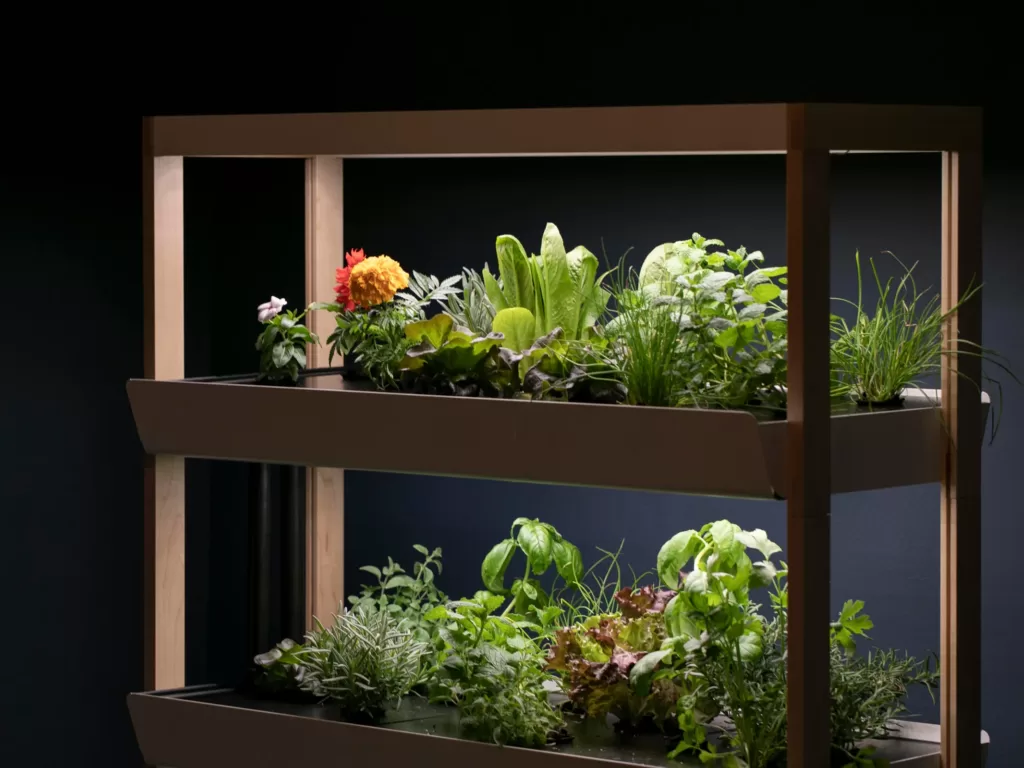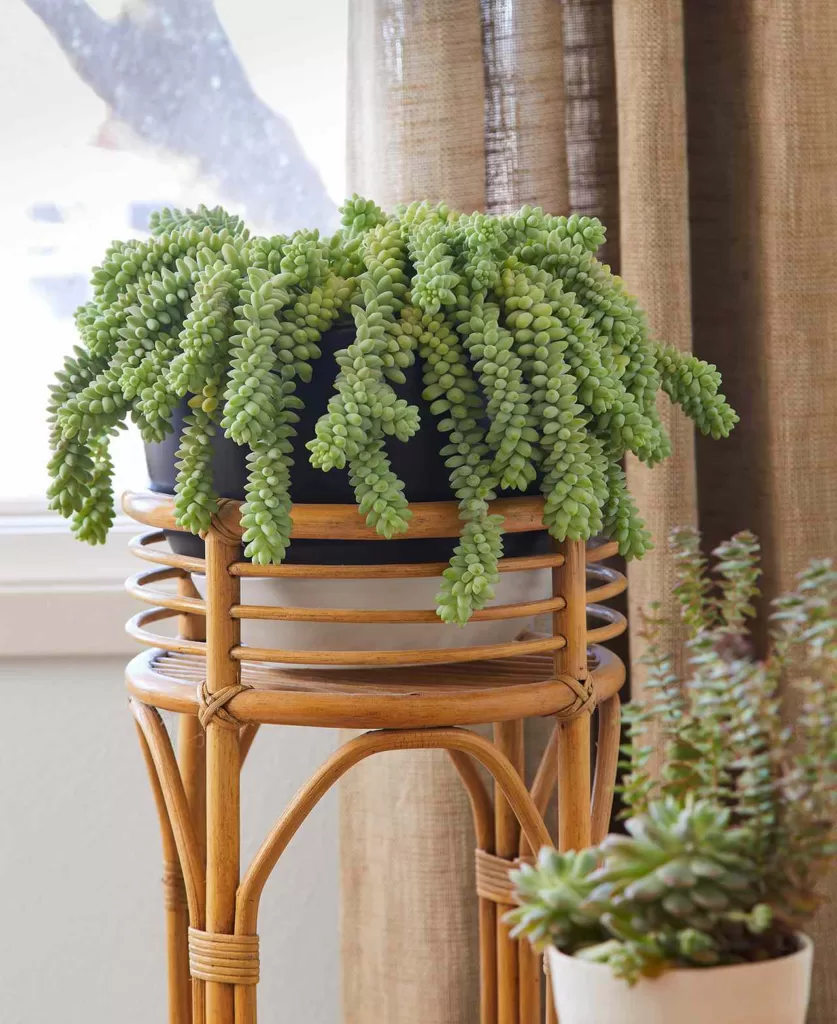Whether you’re a beginner or an experienced gardener, growing succulents is an incredibly rewarding experience. But to ensure that your succulents thrive, it’s essential to make sure they receive the right lighting. Grow lights are a great way to provide additional light for succulents and can help them grow stronger and healthier than ever before. In this blog post, we’ll cover everything you need to know about using grow lights on succulents, such as how long to leave them on and what type of light is best for succulent growth. So let’s get started!
Whether you’re a beginner or an experienced gardener, growing succulents is an incredibly rewarding experience. But to ensure that your succulents thrive, it’s essential to make sure they receive the right lighting. Grow lights are a great way to provide additional light for succulents and can help them grow stronger and healthier than ever before. In this blog post, we’ll cover everything you need to know about using grow lights on succulents, such as how long to leave them on and what type of light is best for succulent growth. So let’s get started!
When it comes to utilizing grow lights for succulents, the most important consideration is how long you should leave the lights on. Typically, you should leave your grow lights on for 8-12 hours a day. This is because succulents need ample light in order to produce energy and thrive. However, keep in mind that different types of succulents may require slightly different amounts of light. For example, some varieties such as Haworthias and Gasterias may only need 6-8 hours of light per day, whereas Cacti and Echeveria can usually handle 10-12 hours without any problems.
Table of Contents

When selecting a type of grow light for your succulent garden, LED lights are typically the best option. LED lights are highly efficient and require minimal energy consumption compared to other types of lighting systems such as fluorescent bulbs or HID (High Intensity Discharge) lamps. Furthermore, they emit less heat than other light sources, making them ideal for succulent cultivation in warmer climates. Additionally, LED lights come in a variety of colors and intensities so you can choose one that’s best suited for your plants’ needs.
The placement of your grow lights is also essential when it comes to cultivating healthy succulents indoors. Generally speaking, it’s best to place the lights approximately 12 inches away from the top of the plants so that they do not become too exposed to direct sunlight. Additionally, be sure to move your grow lights periodically throughout the day (or use a timer system) so that all parts of the plant receive equal amounts of light exposure.
In addition to choosing a quality grow light source and positioning it correctly in your indoor growing environment, there are other supplies needed when utilizing indoor lighting solutions such as reflectors or diffusers which help evenly spread out the light emitted by the bulbs. In addition, timers are essential if you want to precisely control how long your indoor lighting system stays on each day.
To summarize, using grow lights is an excellent way to ensure that your succulents receive enough light each day in order for them to thrive indoors. When utilizing these lighting systems make sure you select a high quality LED bulb that provides optimal intensity and color spectrum for your plants’ needs; leave it on 8-12 hours daily; position it approximately 12 inches away from the top of your succulents; consider additional supplies such as reflectors or timers; and move around periodically throughout the day for even distribution of light exposure across all parts of the plant. With proper care and attention paid to these details, you’ll be sure to have success cultivating healthy succulents indoors!
Placement of succulent grow lights
Succulent grow lights should be placed close to the plants, about 6 inches above the highest point of the foliage, and should be left on for about 14-16 hours per day. It’s important to provide your succulents with a consistent amount of light each day to ensure healthy growth. It’s also a good idea to rotate your plants occasionally to ensure they are getting light on all sides.
When it comes to succulent grow lights, it’s important to provide the plants with the right type and intensity of light. Succulents typically require bright, indirect sunlight, so a full-spectrum LED grow light or a high-intensity fluorescent light would work well. The light should be placed close to the plants, about 6 inches above the highest point of the foliage, to ensure that all parts of the plant receive adequate light.
It’s also important to provide your succulents with a consistent amount of light each day. A general rule of thumb is to provide 14-16 hours of light per day, with the lights turning off at night. This mimics the natural daylight cycle that succulents are accustomed to.
It’s also a good idea to rotate your plants occasionally, so that they receive light on all sides. This helps to promote even growth and prevent the plants from becoming elongated or “leggy” due to reaching towards the light source. It’s also important to note that not all succulents require the same amount of light, some may be grown under lower light conditions. It’s best to research specific succulent species for the proper light requirement and adjust the light accordingly.

How to choose the Grow light or led light for succulent growth
When choosing a grow light or LED light for succulent growth, there are a few important factors to consider:
- Spectrum: Succulents require a full-spectrum light, which means it should include a range of wavelengths that mimic natural sunlight. A grow light or LED light that has a high proportion of blue and red wavelengths is ideal.
- Intensity: The light should be intense enough to provide the plants with the right amount of light energy. A high-intensity fluorescent light or a full-spectrum LED light that emits at least 50 watts per square foot is suitable for succulent growth.
- Color temperature: The color temperature of the light should be in the range of 5500-6500 Kelvin, which is similar to natural sunlight.
- Size of the grow area: The size of the grow area and the number of succulents that you want to grow will determine the size of the light you need. Be sure to choose a light that will provide enough coverage for the size of your grow area.
- Durability: The light should be durable and long-lasting. Look for a light that has a high-quality housing and a good warranty.
It’s also a good idea to read reviews or ask for recommendations from experts in the field before making a purchase. Additionally, you should also consider the cost of the light, as some may be more expensive than others, but may also have better features.
Difference between led light and grow light for succulent growth
Both LED lights and grow lights can be used for succulent growth, but they have some key differences:
- Spectrum: LED lights typically provide a narrow spectrum of light, while grow lights provide a full spectrum of light that mimics natural sunlight. Succulents require a full-spectrum light, so a grow light may be a better option.
- Intensity: LED lights are generally less intense than grow lights, so they may not provide enough light energy for succulent growth. Grow lights are usually more intense and can provide the right amount of light energy for succulent growth.
- Energy efficiency: LED lights are more energy-efficient than grow lights, which means they use less electricity and produce less heat.
- Cost: LED lights are typically less expensive than grow lights. However, some LED lights may be more expensive because they have more advanced features.
- Durability: LED lights are generally more durable and long-lasting than grow lights, due to their solid-state construction and lack of moving parts.
It is important to note that LED lights have been improved significantly over the years and now available in full spectrum and high intensity, thus providing a better alternative than the traditional grow lights. However, it’s still important to check the product specification before making a purchase, to ensure that it’s suitable for succulent growth.






